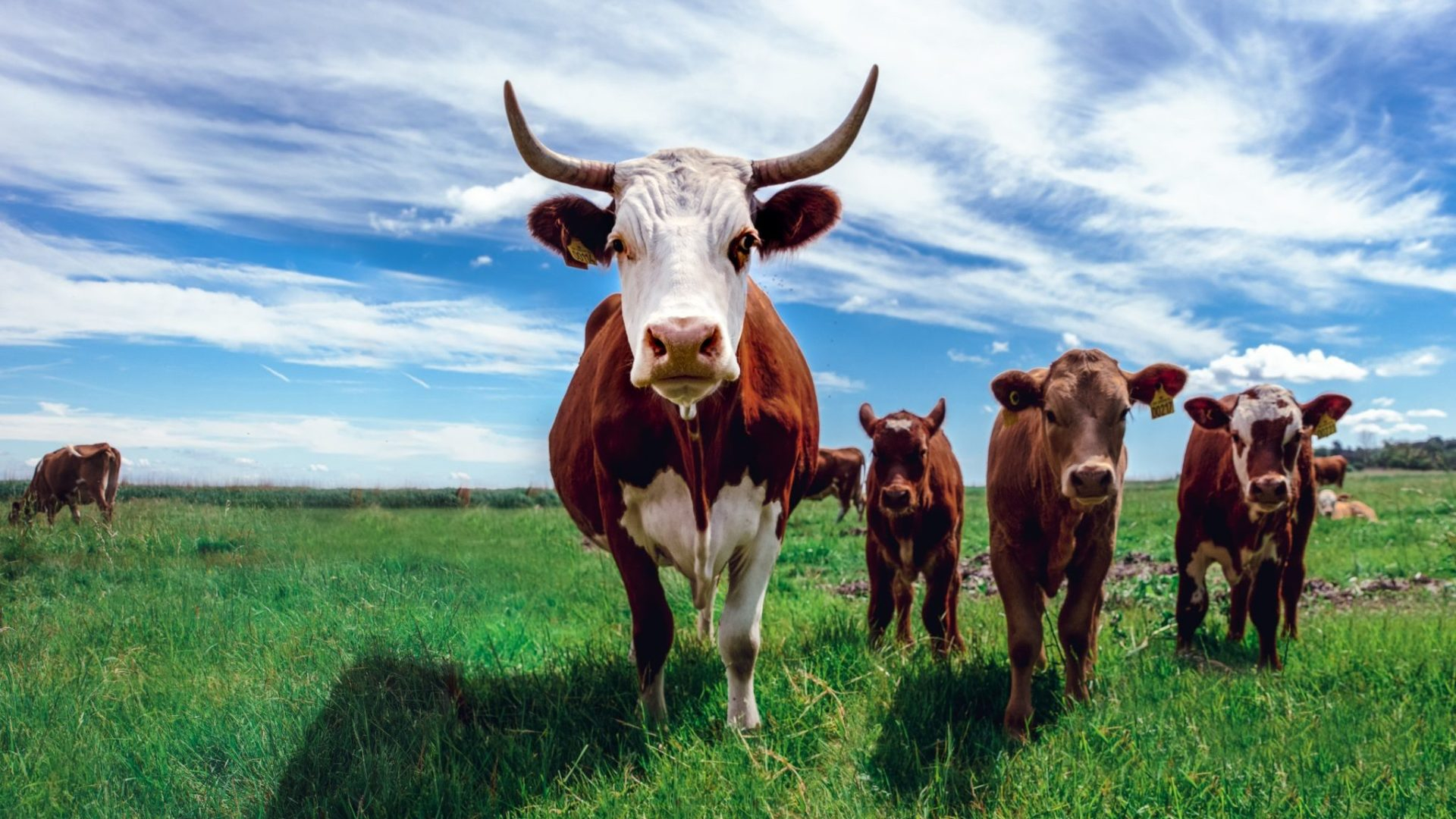In recent years, the connection between livestock farming, particularly the artificially increased cattle population, and global warming has become increasingly evident. As demand for meat and dairy products rises, the cattle industry has expanded to meet the growing needs. However, this expansion comes at a significant environmental cost, contributing to greenhouse gas emissions and exacerbating the challenges of climate change.
One notable example of the consequences of an artificially increased cattle population can be seen in the beautiful island nation of New Zealand. Known for its picturesque landscapes and lush green pastures, New Zealand has a long history of agricultural practices, with cattle farming being a significant component of its economy. However, the scale of cattle farming in New Zealand has had far-reaching implications for the environment.
Cattle are ruminant animals that produce methane, a potent greenhouse gas that significantly contributes to global warming. Methane has a much higher global warming potential than carbon dioxide over shorter timeframes, making it a particularly concerning emission. In New Zealand, where the cattle population exceeds the human population by a significant margin, the cumulative methane emissions from livestock farming are substantial.
The impact of this high cattle population on global warming can be attributed to several factors. Firstly, the digestive system of cattle involves the fermentation of food in their rumen, resulting in the release of methane as a byproduct. This methane is then emitted through belching and contributes to the greenhouse effect. With a larger cattle population, the overall methane emissions increase, amplifying the warming effect on the planet.
Secondly, the expansion of cattle farming requires clearing land for grazing, which often involves deforestation. This deforestation leads to the loss of carbon sinks and biodiversity, while also releasing stored carbon dioxide into the atmosphere. Additionally, the land cleared for cattle farming reduces the availability of natural habitats and contributes to ecosystem degradation.
New Zealand, with its thriving cattle industry, faces the challenge of balancing economic growth with environmental sustainability. Recognizing the need for change, the country has been implementing measures to address the environmental impact of cattle farming. These include promoting sustainable farming practices, adopting innovative technologies to reduce methane emissions, and supporting research into alternative feed and breeding strategies that could minimize greenhouse gas production.
Furthermore, New Zealand is investing in regenerative agriculture techniques that focus on soil health and carbon sequestration. By implementing practices such as rotational grazing, agroforestry, and organic farming methods, farmers aim to mitigate the environmental impact of cattle farming while maintaining productive agricultural systems.
The case of New Zealand serves as a microcosm of the global challenges associated with an artificially increased cattle population. It highlights the urgent need for sustainable agricultural practices and heightened environmental awareness within the livestock industry. By adopting more efficient feeding methods, improving waste management systems, and investing in renewable energy sources, the industry can make significant strides towards reducing its carbon footprint.
In conclusion, the artificially increased cattle population has a profound impact on global warming, as exemplified by New Zealand and its cattle farming practices. The high methane emissions from cattle contribute to the greenhouse effect, exacerbating the challenges of climate change. However, it is crucial to recognize that sustainable solutions exist, and by implementing environmentally conscious practices, we can strive for a more sustainable future.
